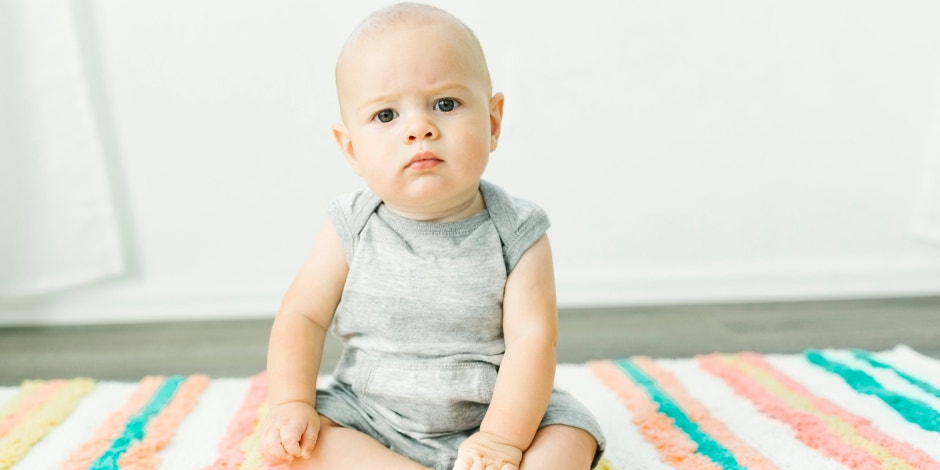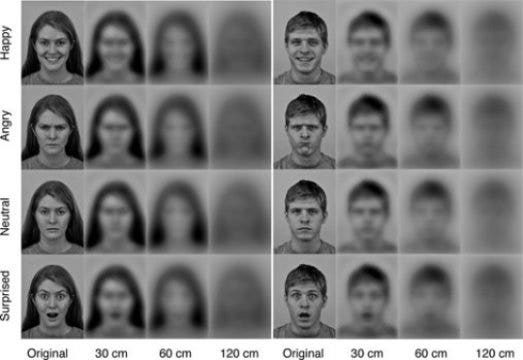This Is What You Look Like To A Newborn Baby
Babies can totally see those dumb faces you make at them.
 Getty
Getty From birth, babies begin learning about the wonders of life with their eyes. Before they learn to hold onto a finger, crawl, and sit up, their eyes are on a fact-finding mission about this new world they've been born into.
The stimulation babies get from their eyes is very important for their development. But babies aren't born with all the visual abilities they'll need in life, such as knowing how to focus their eyes, move them accurately, or use the visual information that's sent to the brain from the eyes.
A study done by the researchers of at the Institute of Psychology at the University of Oslo, in collaboration with colleagues at the University of Uppsala and Eclipse Optics in Stockholm, Sweden, have discovered how much of its environment a newborn baby can actually see.
The study found that an infant 2 to 3 days old can perceive faces, and possibly emotional facial expressions, at the distance of a little under a foot (about 11 inches), which corresponds to the distance between a mother and her nursing baby.
The study fills in a gap in our knowledge about newborns' visual world. This information was left open for decades simply because we didn't have the technology to properly test it.
Knowing that infants can make out faces helps explain how they can imitate facial expressions during the first days and weeks of their lives, long before their vision has sufficiently developed to see details in their environment.

Photo: Science Daily
But how are babies able to see facial expressions?
The answer is motion, as it's easier to recognize something that moves than a blurry still photo.
The researchers made video recordings of faces that changed between several emotional expressions, and filtered out the information they knew was unavailable to newborn infants. The next step was to let adult participants see the videos — if the adults were unable to recognize a facial expression, then neither would a baby.
So, next time you make a face at baby, remember that they can see you. Luckily for you, they probably won't remember to tell their therapist about it later.

